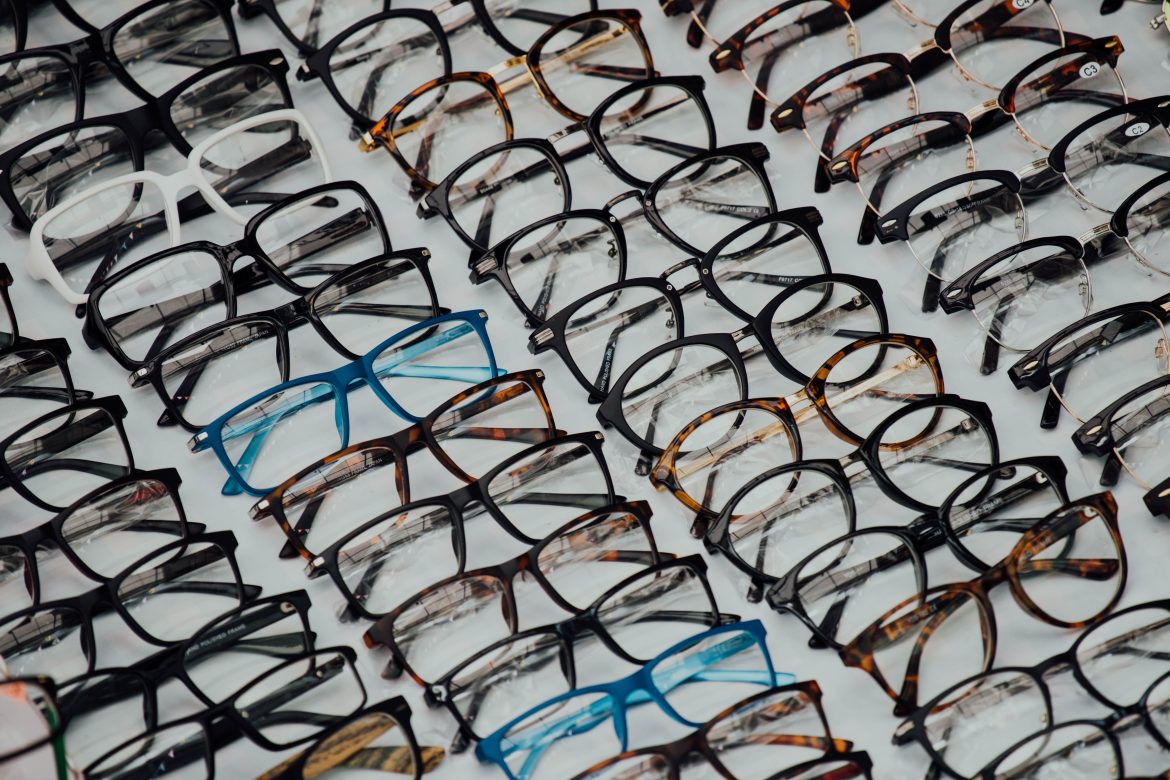The global eyewear market size was valued at over $90 billion in 2021, according to a Globe Newswire report. The most significant factor behind its growth was rising rates of poor eye health, while among its main drivers were new technological advancements that improved eyesight. One of these innovations is the wide range of lens coatings.
By acting as a protective layer for the lens surface, lens coatings can improve the durability, appearance, and comfort of various forms of eyewear. Each coating is meant to increase consumers’ convenience and address a specific pain point that eyeglass users experience. When the correct coating is applied, it can improve the performance of a pair of glasses and adequately accommodate the lifestyle of its wearer.
Moreover, lens coatings can be applied whether your glasses have single vision, bifocals, or progressive lenses. If you’re interested in adding a lens coating to your current or next pair of eyeglasses, listed below are some of the most common coatings, their benefits, and why you should choose them.
Anti-reflective coating
Anti-reflective (AR) coating eliminates glare from bright light sources like the sun, screens, or artificial lights. It prevents the lenses from reflecting their surroundings, letting people see your eyes better through your glasses. Being one of the more popular coatings, most retailers like LensCrafters offer to apply it to any of the lenses from their brand catalog, such as the Caracas model from Michael Kors.
While AR coating can benefit any eyeglass wearer, it’s especially recommended for people who drive at night since it can enhance vision and cancel out visual interferences, thus preventing accidents and promoting road safety. Those who mainly work with computers are also advised to get AR coating to control the glare that bounces off digital screens.
Blue light lenses
Experts note that among the contributing factors to the rise of eye conditions like eye strain is exposure to blue light emitted by digital screens and devices. Blue light is also known to cause headaches and disrupt sleep patterns among gadget users, so it makes sense why blue light-blocking glasses were included in a previous post entitled ‘New Eyewear Trends Unveiled.’
If you’re looking for lenses that can help prevent eye fatigue and damage while using screens, Oakley glasses have prescription lenses that can be equipped with the Oakley Blue Ready technology to reduce up to 30% of blue-violet light and add UV protection to any lens material. These lenses are particularly optimized for gamers who spend prolonged hours in front of the screen or employees who mainly work on the computer.
Photochromic lenses
Meanwhile, photochromic lenses are fit for any situation as they adapt to available light conditions. They eliminate the need to purchase separate eyewear options like eyeglasses and sunglasses, as they darken in bright or outdoor environments and revert to clear lenses under lower lighting.
This innovation is more commonly known as Transitions Lenses, a specialized type of coating offered by retailers such as Glasses. These lenses can be applied to any frame, from the classic Ray-Ban Clubmaster Optics to trendier designs like oversized frames. Users can even choose the lens color that it fades to for further customization. Overall, this coating option suits individuals who want more adaptability due to light sensitivity or constant movement between indoors and outdoors.
Scratch-resistant coating
Glasses are prone to damage due to their lightweight material and daily use. Therefore, scratch-resistant coating was developed to minimize surface damage and make lenses more durable. It offers adequate lens protection, whether you drop your glasses on the floor or wipe them using materials other than a clean cloth.
Online retailer EyeBuyDirect offers its own line of glasses that all come with scratch-resistant coating, and its best-seller is the rose gold pair, St. Michel. Additionally, certain high-index, polycarbonate, and Trivex lenses have a built-in scratch-resistant coating for greater toughness and longevity. This coating is the best choice for kids or people who aren’t the best at taking care of their glasses since it reduces the need for upkeep.
UV coating
Considering the ultraviolet (UV) damage from prolonged sun exposure, UV coating helps block out UV rays that can increase the risk of sight problems and lead to eye health deterioration. Among popular retailers, the eyeglasses from Warby Parker’s in-house eyewear line have been equipped with this coating. The retailer claims it blocks out 100% of UV rays, as demonstrated by the Esme eyeglasses.
What’s more, this coating offers sun protection without heavily affecting the tint of your glasses, making them the best coating choice for those who live active lifestyles and are often exposed to sunlight.
Anti-fog coating
A common disadvantage to eyeglasses is how they collect condensation and fog up due to breath, sweat, humidity levels, and other environmental factors. Fortunately, anti-fog coating exists to remove this sight limitation and maintain your visual perception.
Another online retailer, Zenni Optical, offers this coating as an add-on for an extra price when you buy from any of their eyewear collections. This type of lens coating works well for people who participate in sports and thus sweat easily or people who live in areas where the altitude can alter the humidity and air pressure.
These coating options were created to ensure the best vision performance for their users. Follow the tips above to find out which coating works best for you.

